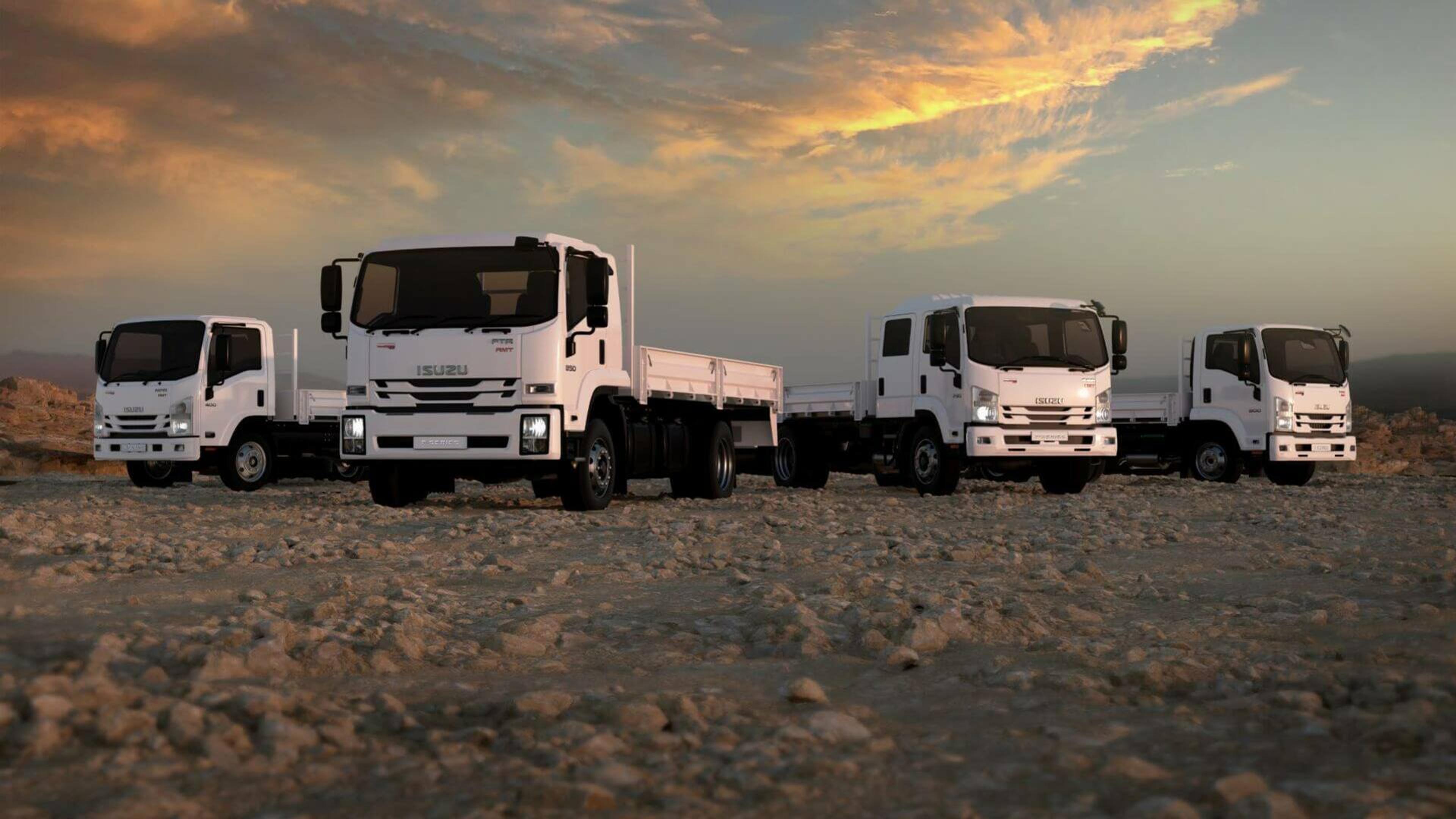The world’s vehicle population now exceeds 1,4 billion – every day, millions of engines start up with varying degrees of exhaust emissions clouding the atmosphere. While South Africa’s vehicle population of 11 million road vehicles is only 0,79% of the world's total, responsible Original Equipment Manufacturers (OEMs) and fleet operators cannot, and do not, overlook the harmful effects of exhaust emissions.
As of 2008, all vehicles sold in South Africa had to comply with Euro 2 – Euro 3 and 4 have not been compulsory in South Africa while Euro 6 has already been introduced in Europe
And therefore, Isuzu Motors South Africa now introduces Euro 5 technology into the New Generation (NG) N and F series range of trucks.
Euro standards vs greenhouse gases
There is an important distinction between greenhouse gases and European emission standards that are driving both diesel fuel and diesel engine technology. Euro emission standards impact on quality of air, and greenhouse gases' impact on the climate.
- The aim of Euro emissions standards is to reduce the levels of harmful exhaust emissions, chiefly: Nitrogen oxides (NOx) Carbon monoxide (CO) and Hydrocarbons (HC)
Emission standards for trucks and buses
The emission standards for trucks and buses are defined by engine energy output in g/kWh; this is unlike the emission standards for passenger cars and light commercial vehicles, which are defined by vehicle driving distance in g/km - a general comparison to passenger cars is therefore not possible, as the kWh/km factor depends (among others) on the specific vehicle.
ULSD – Ultra-Low Sulphur Diesel
The success of Euro standards is linked to the quality of diesel fuel, particularly the sulphur content ratio. Sulphur oxides are destroyers of filtration equipment. While 50ppm sulphur (parts per million) is now generally available, Regulations (Govt Gazette 40568) will limit sulphur in diesel to 10ppm – visit the sidebar that details the Regulation references. Isuzu truck introduction of Euro 5 standards is timeous and matches the change in fuel standards.
Significant changes in Isuzu truck engine technology
It all starts with a very successful common rail, electronically managed diesel engine. Isuzu Euro 5 engines on initial selected models now come with Variable Geometry Turbocharging together with increased injection pressure (up to 2000bar). This means a design that achieves a more rapid boost to increase torque and avoids turbocharger lag. Exhaust Gas Recirculation (EGR) has also been improved on Isuzu Euro 5 engines with a laminate EGR cooler that allows for more effective control of NOx.
The Move to Euro 5 comes with after-treatment in the exhaust system. A combined unit comprising a Diesel Oxidation Catalyst (DOC) and a Particulate Oxidation Catalyst (POC) for the N-Series and DOC for the F-Series ensures that emission is limited to Carbon Dioxide (CO2) and Water (H2O).
- The unique advantage of the Isuzu system is that there is no need for any additives such as urea (AdBlue) to make the technology work for a clean exhaust.
- While Isuzu Euro 5 technology can operate with 50ppm diesel, 10ppm diesel will ensure effectiveness.
Isuzu Euro 5 matches the demands of ESG
ESG is an acronym for Environmental, Social, and (Corporate) Governance - three broad categories of interest for ‘socially responsible investors.’ They are investors who consider it important to incorporate their values and concerns (such as environmental concerns) into their selection of investments instead of simply considering the potential profitability and/or risk presented by an investment opportunity. Isuzu meets these expectations head-on for environmental care.





